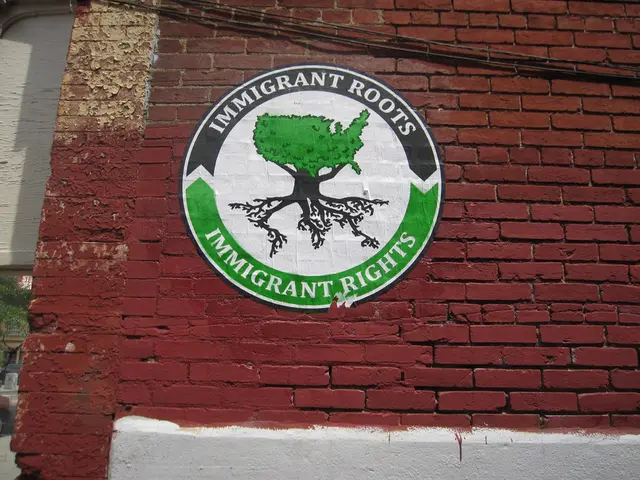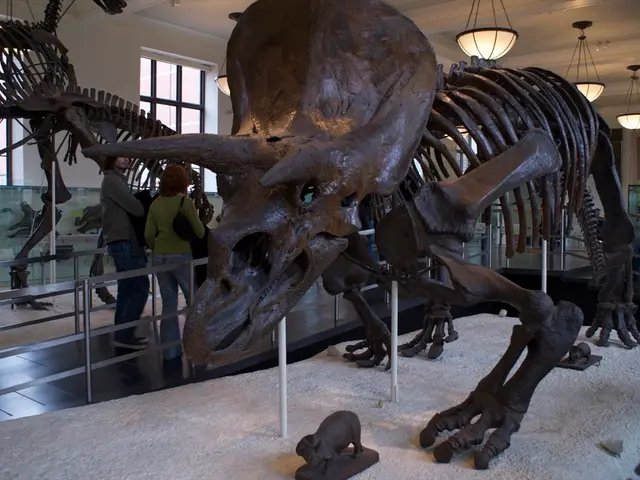Germany's Population Shift: A Quantitative Analysis 35 Years Post-Reunification
Thirty-five years after the reunification of East and West Germany, the country has witnessed significant demographic changes. This year, the Federal Republic of Germany celebrates 35 years of unity, but the landscape of its population has evolved in various ways.
Since 1990, Germany's birth rate has slowed, with the number of children per woman dropping from 1.45 to 1.35. Last year, approximately 228,558 fewer children were born compared to 1990, signifying a seven percent decrease in the birth rate.
Despite the declining birth rate, Germany's population has grown by 3.8 million people (plus five percent) since 1990, reaching 83.6 million at the end of 2024. This growth can be attributed largely to immigration, as more people have moved to Germany than have left the country each year since 1991, with a few exceptions.
Bavaria has recorded the strongest population increase since German reunification, with a 16 percent rise. In the former western states, the population increased by ten percent to 67.5 million between 1990 and 2024. However, the former eastern states have seen a decrease in population, with a 16 percent drop to 12.4 million during the same period. The states of Saxony-Anhalt, Thuringia, and Mecklenburg-Western Pomerania have experienced the largest population decreases, with losses of 26 percent, 20 percent, and 18 percent respectively.
The composition of Germany's population has changed significantly due to immigration, especially since the 1950s. Inflows have been mainly from Turkey, former Yugoslavia, and Italy during the economic boom, and after 1990 from East Central and Eastern European countries following the end of the Cold War.
Notable periods of increased net immigration have been observed in 2015, 2016, and 2022, due to the civil war in Syria and the Russian attack on Ukraine. In 1991, a total of just over 600,000 more people moved to Germany than left Germany. As of 2024, the figure was just over 430,000 people.
For some years in the early 2000s, net immigration slowed down, and in 2008 and 2009 it reversed, with more Germans moving abroad than foreigners immigrating to Germany during those years. However, at the current rate, Germany's population would age and shrink over time without immigration.
For more information on how Germany's demographics have changed in the past 35 years, check out this special webpage by Destatis. October 3rd will mark the 35th anniversary of the reunification of East and West Germany, providing an opportune moment to reflect on the country's demographic shifts over the past three and a half decades.








